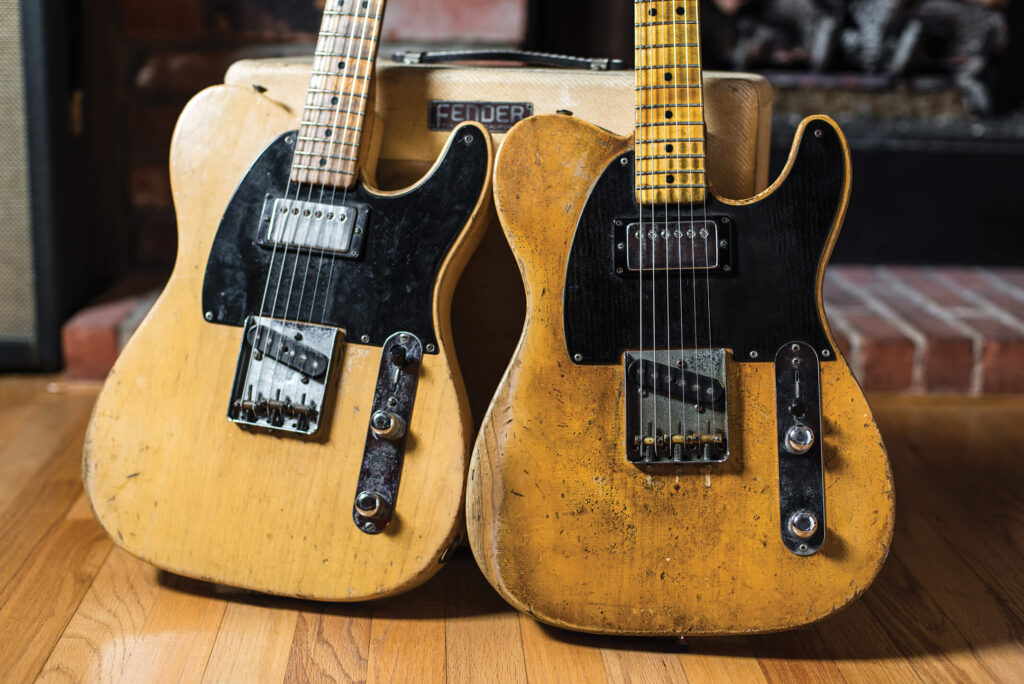
Are you confused by the distinction between cumulative versus coordinate adjectives and the tests used to classify them?
Do you sometimes struggle with the punctuation of two or more adjectives preceding a noun? Do you ask yourself, “Does a comma go between these?”
As an English teacher, I used to gloss over this concept with a few quick exercises. As a proofreader, I was often stumped by the standard guidance, when it came to particular cases not covered by the Chicago Manual of Style.
First, I’ll cover the basic rules, then I’ll provide an alternative approach, and finally we’ll look at some trickier examples of comma use which are rarely discussed.
Coordinate Adjectives
Two or more coordinate adjectives preceding a noun must be separated by commas. You can decide if adjectives are coordinate if you can separate them with and, both before and after the noun; and you can (usually) change their order—all without changing the meaning.
- He’s a kind, generous man. (Correct.)
- He’s a generous, kind man. (Correct.)
- He’s a kind and generous man. (Correct.)
- He’s a man who is generous and kind. (Correct.)
Cumulative Adjectives
If the adjectives are not coordinate, they are designated cumulative (or essential) adjectives. There are no commas between cumulative adjectives preceding a noun.
- He wore a fake Swiss watch. (Correct.)
- He wore
a Swiss fake watch* (Incorrect, because fake modifies Swiss watch, and not just watch.) - His watch was Swiss and fake. (Does this sound strange? Does it mean the same thing?)
So the problem for me was that sometimes I perceived that it wasn’t horrible to change the order of some adjectives, leaving me in doubt about whether I should separate them with a comma. It frequently seemed subjective to me. Luckily, there is a more objective solution.
Using Classifications for “Order of Adjectives” to Determine Comma Use
The following is a chart which assigns a sequence number to types of determiners and adjectives that can precede a noun. This sequence is called the order of adjectives. The key here is that if you use more than one of a certain type of adjective, they are coordinate adjectives, and a comma is required to separate them; but no commas are required between adjectives of different categories. For example:

So we could write these adjective-laden noun phrases if we really wanted to:
- My friend has some incredible beat-up old Fender guitars. (A series of cumulative adjectives requiring no commas.)
- She sat in a lovely, cosy little warm-toned sitting room. (Two coordinate “opinion” adjectives, separated by a comma, and three cumulative adjectives.) You could also write “warmly lit” instead of “warm-toned,” although I didn’t want to confuse the point above with the unhyphenated –ly adverb warmly standing on its own before the adjective lit. (She sat in a lovely, cosy little warmly lit sitting room.)
- He’s an unequalled low-life, dishonest, conniving scoundrel. (One coordinate adjective, followed by three cumulative “human-propensity” adjectives, separated among themselves by commas.) OR: He’s an unequalled dishonest, conniving, low-life scoundrel.
- She walked in wearing an outrageous long-sleeved, v-necked bright-red polka-dot woolen party dress. (Two coordinate “shape” adjectives are separated by a comma.)
Sometimes it’s a tough call, but this framework can help you identify cumulative and coordinate adjectives. Because excessive adjectives slow down prose, it’s infrequent to find more than two—not to mention three or more, and of mixed classes—but these examples will help you add, omit, and remove commas with confidence.
If you have a good example, please share it with us in a comment.
